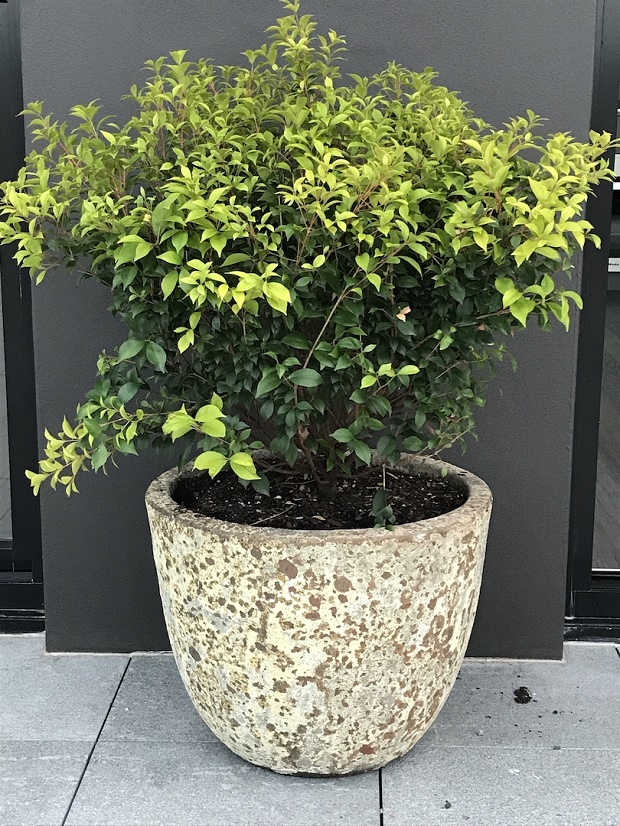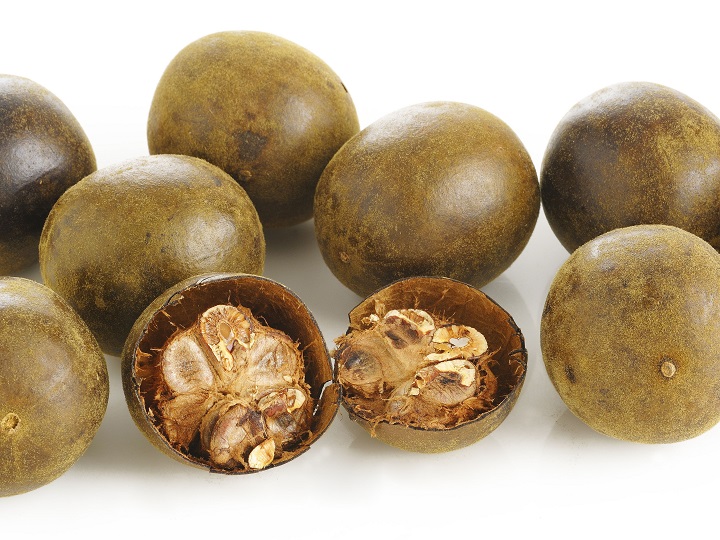More Beauty, Less Fragility: How to Choose More Resilient Lilly Pillies
Lilly pillies are some of the most popular plants grown in Australia. Aussies enjoy their lovely changing colours and how they grow voluminously, making them ideal for topiaries and hedging. In spring to early summer, most lilly pillies have white and greenish flowers followed by long-lasting purple, red and whitish berries. You can definitely get a visually pleasing, colourful garden if you opt to plant the lilly pilly as hedging.
There are so many varieties of lilly pilly plants online and at local nurseries being made available regularly that choosing one to start a new hedge can be very confusing. To help make your search a little easier, I’ve listed the best varieties of lilly pillies available in Australia that are more resistant to the insect that causes ugly pimples on the leaves of the plant.

Acmena Smithii Var and Syzgium Luehmannii
These lilly pillies can grow five metres or more. They are easy to maintain and are extremely resistant to psyllids.
Acmena Smithii or Hot Flush
This is a mid-size variety that grows three to five metres in height. The Acmena Smithii is the only one among the popular mid-sized varieties that are resistant to psyllids.
Syzgium Luehmanni or Royal Flame
A smaller variety of Lilly pilly that grows two metres and bellow. It is considered the best performer and is also completely resistant to psyllids.
If the effect of psyllids on your Lilly pilly isn’t a concern for you, then you have many other varieties of lilly pilly plants online and in local nurseries to choose from. The Syzgium Austral or Bush Christmas or Elite or Aussie Southern are beauties definitely worth considering. All of these varieties grow really well if cared for properly.
How to Grow Lilly Pillies
Lilly pillies can grow in full sun or shade and in a wide range of soils. They can also tolerate drought once well established. Of course, the more nutrient-rich soil, the more sun and water you provide the faster your plants will grow. So keep these things in mind if you are after a quick-growing hedge or screen. To maximise their growth, apply compost, manure, or a certified organic pelletised fertiliser in spring, summer and autumn. Established trees and hedges can just be fertilized in autumn and spring to keep them healthy.
When it comes to pruning, it can be done at any time of the year. A light tip prune is the recommended method for Lilly pillies but hard pruning can be done to reduce the height or size of the plant. Make sure to give your enough water before and after pruning.












